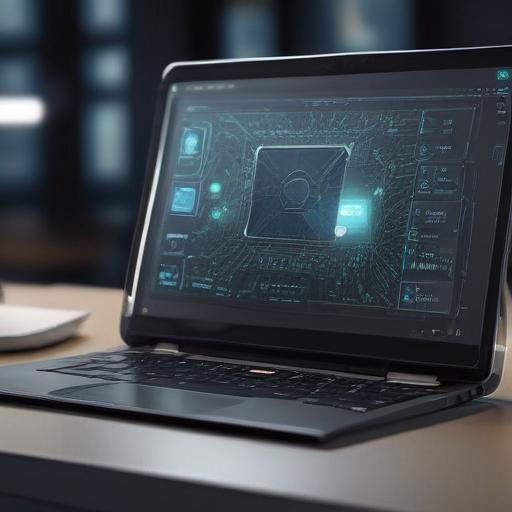Google Workspace expands its AI toolkit with broader access to Vids, new Veo 3 features, and strengthened security
Summary: Google is broadening access to its AI-powered content creation tools in Workspace. Vids, the video creation tool, is now available to more plans, image editing can be done in Slides and Vids with prompt-driven background changes, and Veo 3 integration promises realistic, audio-enabled video generation within the Gemini app. The rollout also adds education-focused features, AI-powered video summaries in Drive, and device-bound session security to reduce token theft, underscoring Google’s push to embed AI across its productivity suite.
Google continues to fuse artificial intelligence with everyday collaboration in Workspace. The latest update expands the reach of Google Vids, making its professional-grade video editing capabilities accessible to Business Starter, Enterprise Starter, and Nonprofit customers, effectively democratizing advanced video production for teams without specialized software. In tandem, generation-based image editing gains new capabilities: users can modify image backgrounds with simple prompts in Google Slides and Vids, allowing product shots to be contextualized in scenes such as modern living rooms or outdoor patios. The feature aims to streamline marketing and sales workflows by helping teams visualize products more efficiently.
A core focus of the release is Veo 3, Google’s advanced video generation model. Integrated into the Gemini app and rolled out to select Workspace customers, Veo 3 can produce realistic videos with audio, including accurate lip-syncing and ambient sounds like traffic or birdsong. A new photo-to-video feature animates static images into eight-second clips, expanding possibilities for presentations and reports. These capabilities reflect Google’s strategy to weave AI more deeply into everyday tasks, reducing turnaround times and enabling more dynamic content creation.
In Drive and across Workspace, AI-driven video summaries distill long footage into key takeaways, helping busy teams stay on top of information without sifting through hours of material. The updates extend to education, with Google Vids rolling out to Education customers, enabling teachers to craft interactive lessons. NotebookLM’s Studio panel gains video overviews, facilitating quicker synthesis of complex information for learners.
Security considerations are also on the agenda. The update introduces Device Bound Session Credentials to combat token-stealing attacks by tying sessions to specific devices, a move highlighted by tech outlets as a meaningful tightening of Workspace security in a threat-prone environment. This addition positions Workspace as a more fortified option for IT leaders seeking robust protections for enterprise data.
Context and outlook for the workplace
These features arrive amid a cadence of monthly feature drops, with previous updates expanding Gemini capabilities to Gmail and Meet and adding note-taking, translation, and smarter drive queries. The broader narrative positions Google as aggressively expanding an AI-native productivity stack designed to keep users within the Google ecosystem while boosting collaboration, efficiency, and content creation across devices and teams.
Analysts and industry observers note that the push signals Google’s intent to challenge rivals like Microsoft 365 by embedding AI across core tools, from email and video to presentations and documents. The July recap emphasizes security and “AI ultra” capabilities, with hints of deeper GitHub integrations on the horizon. As adoption grows, these tools are likely to redefine how teams create, edit, and share content in hybrid work environments.
What this means for teams
– Faster content creation: More teams can produce professional videos and context-rich imagery directly within Workspace, cutting reliance on external software.
– Better collaboration: AI-generated summaries and easier media editing can streamline reviews, approvals, and decision-making.
– Educators and learners: Interactive, media-rich lessons become easier to assemble, potentially improving engagement and understanding.
– Security emphasis: Device-bound credentials offer an added layer of protection for sensitive projects and corporate data.
Potential considerations
– Adoption and training: Teams should plan for short onboarding to maximize the new Vids and Veo 3 capabilities.
– Governance: With more AI-generated content, governance around data usage, licensing, and brand consistency remains important.
– Privacy and security: While device-bound credentials enhance security, organizations should continue to monitor AI-generated content workflows for compliance needs.
Bottom line: Google’s latest Workspace update strengthens AI-powered collaboration across video, imagery, and documents, while expanding access to more plans and reinforcing security. For teams already invested in Google’s ecosystem, these changes promise faster production cycles, richer presentations, and more efficient knowledge sharing—alongside a closer alignment between productivity tools and enterprise security.
